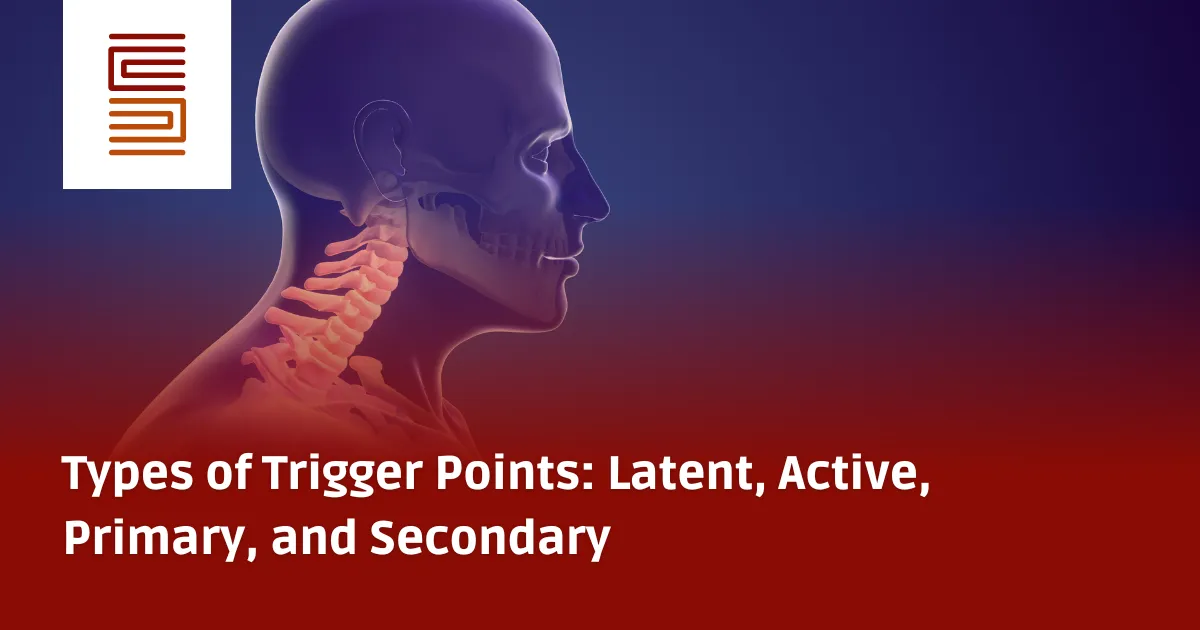Pain Relief Techniques: Simple Ways to Manage Pain at Home
Managing Pain Effectively: Simple Techniques for Relief
Pain management is an essential part of improving quality of life, especially for individuals facing chronic conditions, post-surgical recovery, or end-of-life care. While medical treatments and professional care play a crucial role, self-care techniques can provide additional relief.
For those receiving hospice care assistance or home care services, these basic pain relief methods can be used alongside professional treatment to enhance comfort and well-being.
1. Hot or Cold Compress Therapy
Applying heat or cold to an affected area can significantly reduce pain and inflammation.
When to Use Heat:
- Muscle stiffness and tension
- Joint pain from arthritis
- Chronic pain conditions
Use a heating pad, warm towel, or hot water bottle for relief.
When to Use Cold:
- Swelling and inflammation
- Acute injuries or post-surgical pain
- Headaches or migraines
Apply ice packs wrapped in a cloth for 15-20 minutes at a time.
2. Massage Therapy for Pain Relief
A gentle massage can help:
- Reduce muscle tension
- Improve blood circulation
- Alleviate stress and anxiety
Massage can be performed at home using light pressure and circular motions over sore muscles. For chronic pain conditions, professional therapeutic massage may provide greater relief.
3. Mind-Body Techniques for Pain Control
Mind-body practices help patients regain control over their pain by reducing stress and promoting relaxation.
Effective Techniques Include:
- Meditation and Deep Breathing – Slows the nervous system and reduces pain perception.
- Guided Imagery – Visualization techniques that shift focus away from pain.
- Progressive Muscle Relaxation (PMR) – Alternating tension and relaxation in different muscle groups.
Practicing these techniques regularly can improve overall pain tolerance and mental well-being.
4. Biofeedback for Pain Management
Biofeedback is a technique that helps patients recognize and control their body’s response to pain through breathing exercises and relaxation techniques.
Benefits of Biofeedback:
- Lowers stress-related pain
- Improves heart rate variability and muscle relaxation
- Encourages a sense of control over pain levels
Biofeedback is often used for chronic pain, migraines, and fibromyalgia.
5. Music Therapy as a Distraction from Pain
Listening to soothing music can:
- Reduce anxiety and discomfort
- Improve mood and emotional well-being
- Serve as a distraction from pain
Classical music, nature sounds, or favorite personal playlists can be beneficial in creating a calm, pain-relieving environment.
When to Seek Professional Pain Management Support
While self-care techniques can help, some conditions require professional pain management services. If pain becomes severe or persistent, it is essential to:
✔️ Consult a healthcare provider for medication or treatment options
✔️ Work with home care professionals for personalized care plans
✔️ Consider hospice or palliative care for advanced pain management
At New Mexico Support Network (NMSN), we provide:
- Home Care Services – Assisting with daily needs and comfort care
- Hospice Care Assistance – Supporting individuals with advanced illnesses
- Medical Staffing – Providing trained professionals for specialized care
Take Control of Pain Management Today
Pain relief is possible with the right techniques and professional support. Whether you or a loved one are recovering from an injury, managing a chronic condition, or receiving hospice care, these methods can improve comfort and overall well-being.
For personalized pain management solutions, contact New Mexico Support Network today.
📩 Email: care@nmsupport.com
📞 Phone: +1 800 973 0060
🌐 Visit: New Mexico Support Network
We are here to help individuals and families manage pain effectively and improve their quality of life.
Additional Resources for Pain Relief
External References
- National Institute of Neurological Disorders and Stroke: Pain Management
- American Chronic Pain Association




